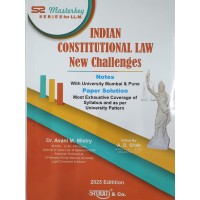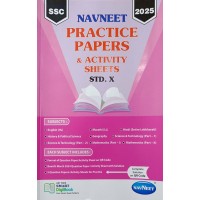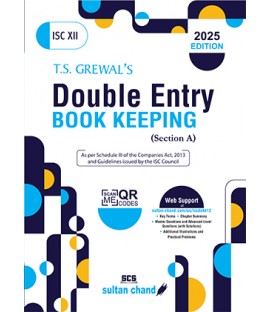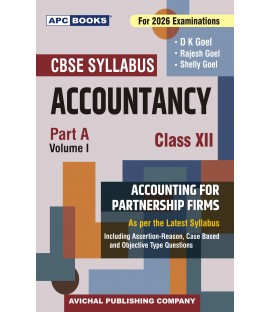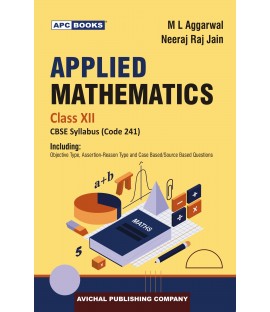Introduction to Management Accounting SYBcom Sem 3 Manan Prakashan
- Publisher : Manan Prakashan
- Author: Ainapure & Ainapure
- Edition: 2024
- Availability: In Stock
- Normally Deliver within 3-4 days
-
Rs.355

-
Description :
Introduction to Management Accounting Book is base on latest updated syllabus and paper pattern prescribed by Mumbai University for B.Com (Bachelor of commerce) 2nd Year semester 3 published by Manan Prakashan. The knowledge gained through the study of this subject will be useful to the students of all through their in Management professional lives.
Syllabus1. Introduction to Management Accounting
A. Introduction to Management Accounting : Meaning – Nature, Scope, Functions, Decision Making Process, Financial Accounting v/s Management Accounting
B. Analysis and Interpretation of Financial Statements :
(i) Study of Balance Sheet and Income Statement / Revenue Statements in vertical form suitable for analysis
(ii) Relationship between items in Balance Sheet and Revenue Statement
(iii) Tools of analysis of Financial Statements (i) Trend Analysis (ii) Comparative Statement (iii) Common Size Statement
Note : (i) Problems based on trend analysis (ii) Short Problems on Comparative and Common Sized Statements2. Ratio Analysis and Interpretation
(Based on Vertical Form of Financial Statements – Meaning, Classification, Du Point Chart, Advantages and Limitations)
A. Balance Sheet Ratios :
(i) Current Ratio
(ii) Liquid Ratio
(iii) Stock Working Capital Ratio
(iv) Proprietary Ratio
(v) Debt Equity Ratio
(vi) Capital Gearing Ratio
B. Revenue Statement Ratios :
(i) Gross Profit Ratio
(ii) Expenses Ratio
(iii) Operating Ratio
(iv) Net Profit Ratio
(v) Net Operating Profit Ratio
(vi) Stock Turnover Ratio
C. Combined Ratio
(i) Return on Capital employed (Including Long Term Borrowings)
(ii) Return on proprietor’s Fund
(Shareholders Fund and Preference Capital)
(iii) Return on Equity Capital
(iv) Dividend Pay out Ratio
(v) Debt Service Ratio
(vi) Debtors Turnover
(vii) Creditors Turnover
(Practical Question on Ratio Analysis)3. Working Capital Management : (Practical Questions)
A. Concept, Nature of Working Capital, Planning of Working Capital
B. Estimation / Projection of Working Capital Requirement in case of Trading and Manufacturing Organization
C. Operating Cycle4. Capital Budgeting
A. Introduction
B. The Classification of Capital Budgeting Projects
C. Capital Budgeting Process
D. Capital Budgeting Techniques – Payback Period, Accounting Rate of Return, Net Present Value, The Profitability Index, Discounted Payback. (Excluding Calculation of Cash Flow)
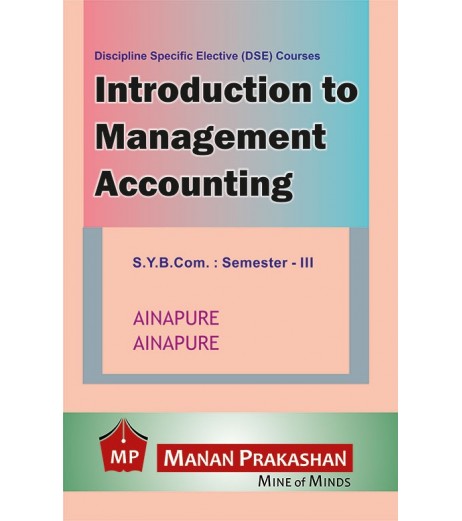


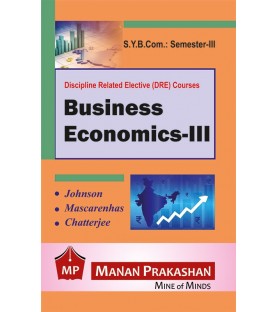


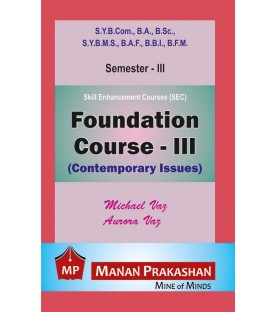








-110x200.jpeg)














